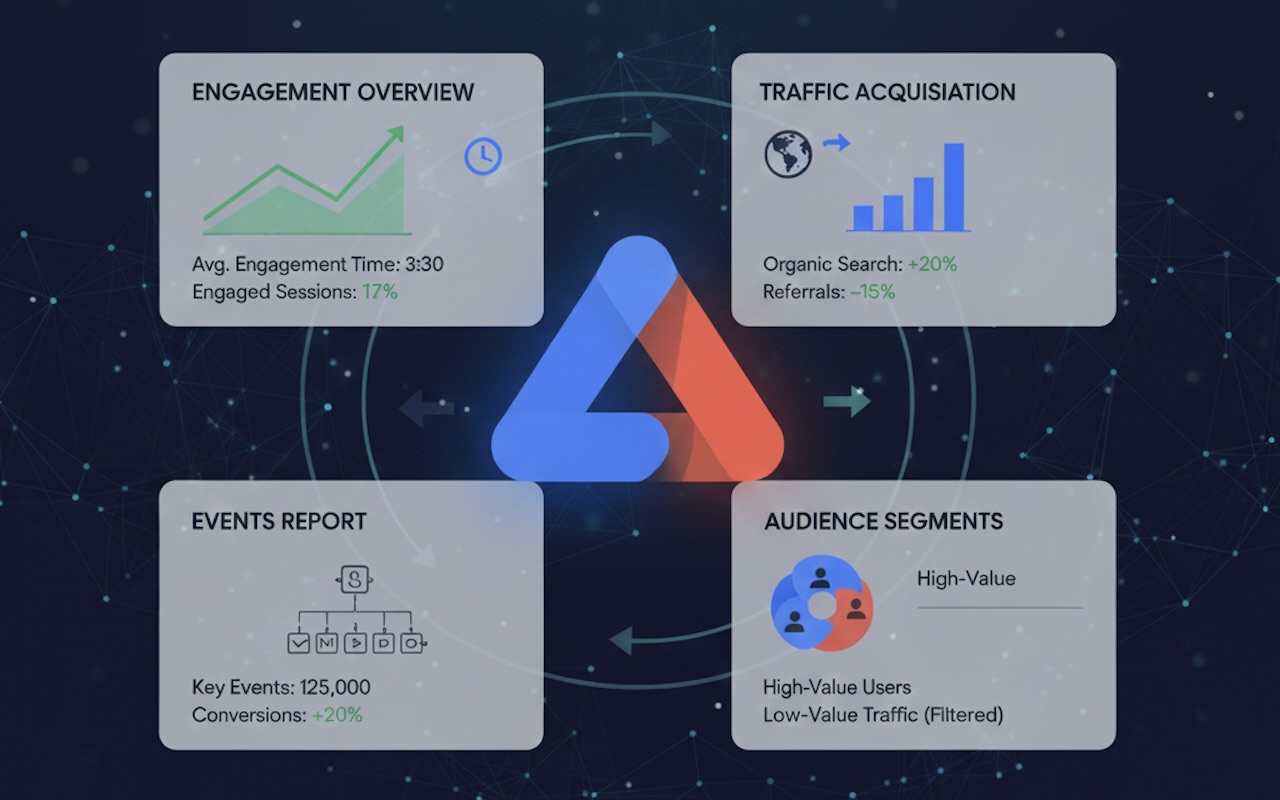Cross-Border eCommerce: How to Localize & Scale Internationally

Modern buyers are comfortable ordering from global brands, but selling
beyond borders has become one of the most significant opportunities for
online businesses. The appetite for cross-border shopping is growing
fast because ...]









